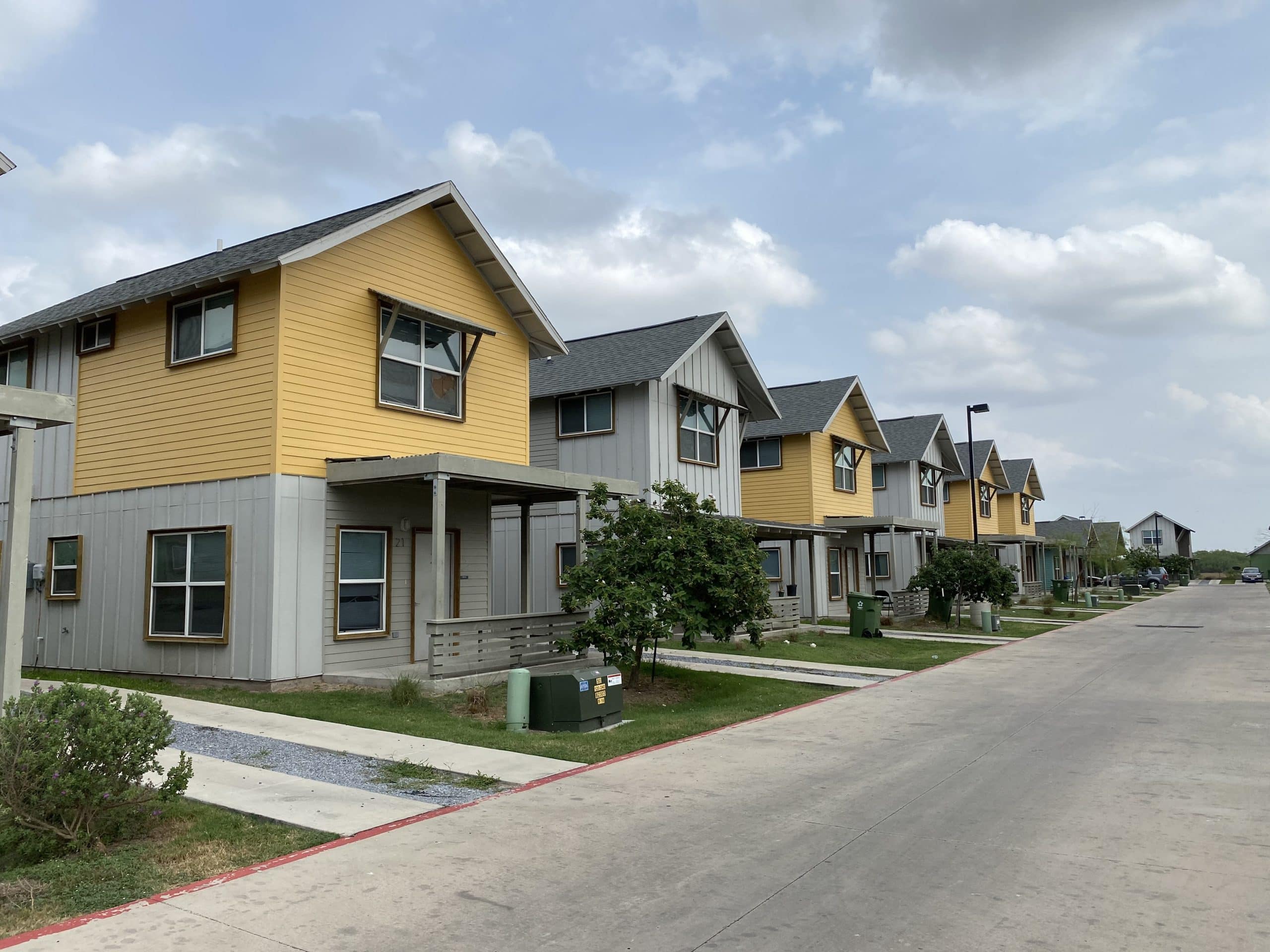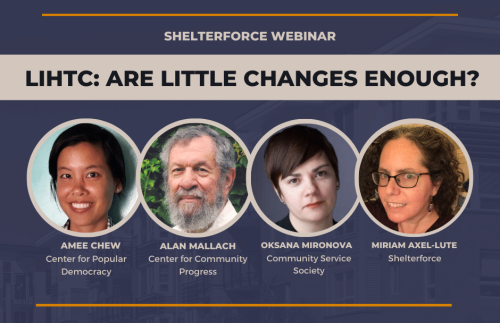Who is at the table is important for both capital absorption and for the success of investments that get made. For example, in the Twin Cities, an award-winning CDFI, the Neighborhood Development Center (NDC), knows all about the needs of the immigrant businesses along the new light rail corridor. But because the civic leadership is dominated by the area’s relatively well-developed affordable housing sector, NDC was not initially involved in the planning for that corridor’s redevelopment.
Mike Temali, director of NDC, explains the kind of thing that happened before they were invited to share their expertise: “The early and intermediate designs of the site and the exterior of the building completely hid and underplayed the seven small retail shops on the first floor, under the 50 units of housing. At best, the first-floor design blended in to the housing so much that you’d never see it — at worst, it was hidden from sight. This would have been the kiss of death for these businesses, and the housing would have eventually perched above dark spaces after they went out of business (i.e., not good for the housing either).”
Making connections that make oversights like these less likely is part of making an enabling environment for successful community investment.




Comments